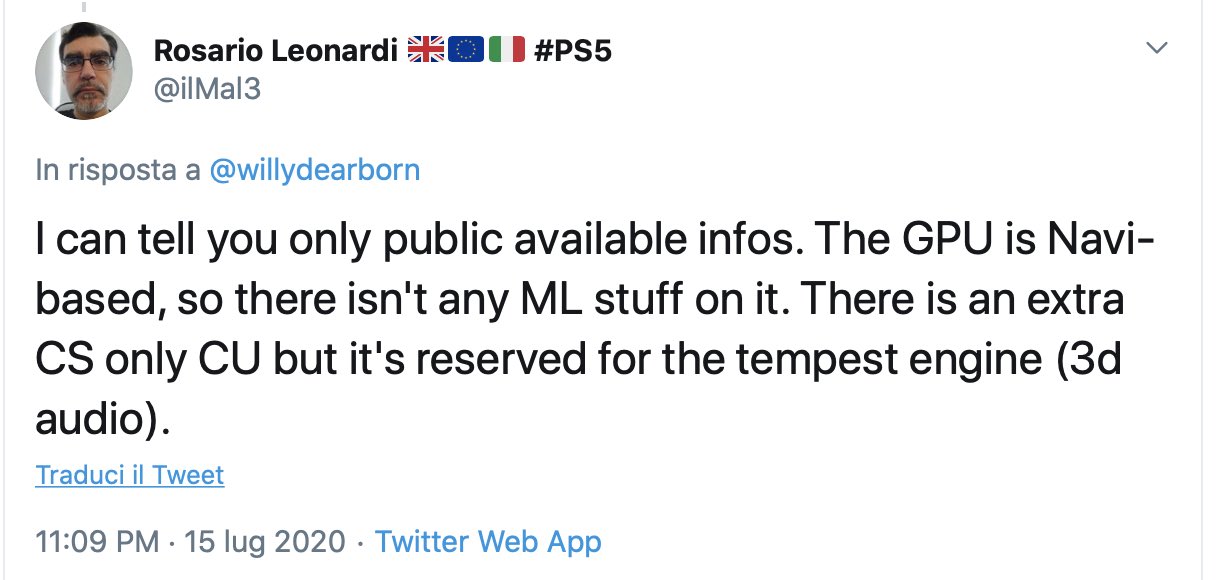I actually looked into it and the answer is a "Yes-maybe".
Primitive shaders as per AMD:
The implementation of what AMD terms as primitive shaders starts with the patent: Combined World-Space pipeline shader stage (
https://patentimages.storage.googleapis.com/ee/f6/07/493c36aae3ec7b/US20180082470A1.pdf) .
The world-space shader regroups the vertex, hull and geometry shader functions and enables or disables them as required.
Mesh Shaders theoretically provides the following advantages:
(1) The Input Assembler stages is eliminated meaning that index compression is possible and that more generally mesh shader input is user defined.
(2) Rendering of any primitive does not need to be done in API mandated order such that one screen-space pipeline will not stall another as in the classical graphic pipeline
(3) Culling of invisible primitives can be done before the vertex/hull/geometry/tessellation stage (or world-space shader stage) thus making huge computational savings.
Those advantages are brought forward by AMD in the filing "Optimizing Primitive Shaders" which described AMD's equivalent of mesh shaders.(
https://patentimages.storage.googleapis.com/66/54/00/c86d30f0c1c61e/US20200193703A1.pdf).
The Input Assembler is done away with and rendering characteristic of the "world-space shader stage" is deferred (except for rending that relates to positional data) until invisible/insignificant primitives are culled in a so-called "Deferred attribute shading stages". The latter shader stage is explicitly driven by user-provided shader code that takes up the role of the primitive assembler in a move away from fixed-function hardware.
So far, "world-space shader" seems to comply with D3D definition of "primitive shader" and its further optimisation into Deferred attribute shading stage seems to be a match for D3D's definition of mesh shaders, right?
Wrong.
In a filing predating the aforementioned patent applications, "deferred attribute shading stage" is subsumed into a...primitive shader stage as described in the aptly named filing: "Primitive Shaders"
(
https://patentimages.storage.googleapis.com/16/34/77/be4393dc5704c5/US20180082399A1.pdf).
So which is which? Guess we will know only after the teardowns.
As for the XSX, we know that it indeed has mesh shading because of two filings from Xbox ATG members :
(1) Index Buffer Compression - which explicitly identifies the mesh shader stage and explains its functioning (obviously the absence of the input assembler is a big hint) (
https://patentimages.storage.googleapis.com/54/e8/07/67037358a9952f/US20180232912A1.pdf)
(2) Compact visibiliy state for GPUs compatible with hardware instancing - which describes the use of visibility buffers for what amounts to the culling stage AMD's Deferred attribute shading stage. (
https://patentimages.storage.googleapis.com/4f/08/aa/909db72030cd0b/WO2019204064A1.pdf)

